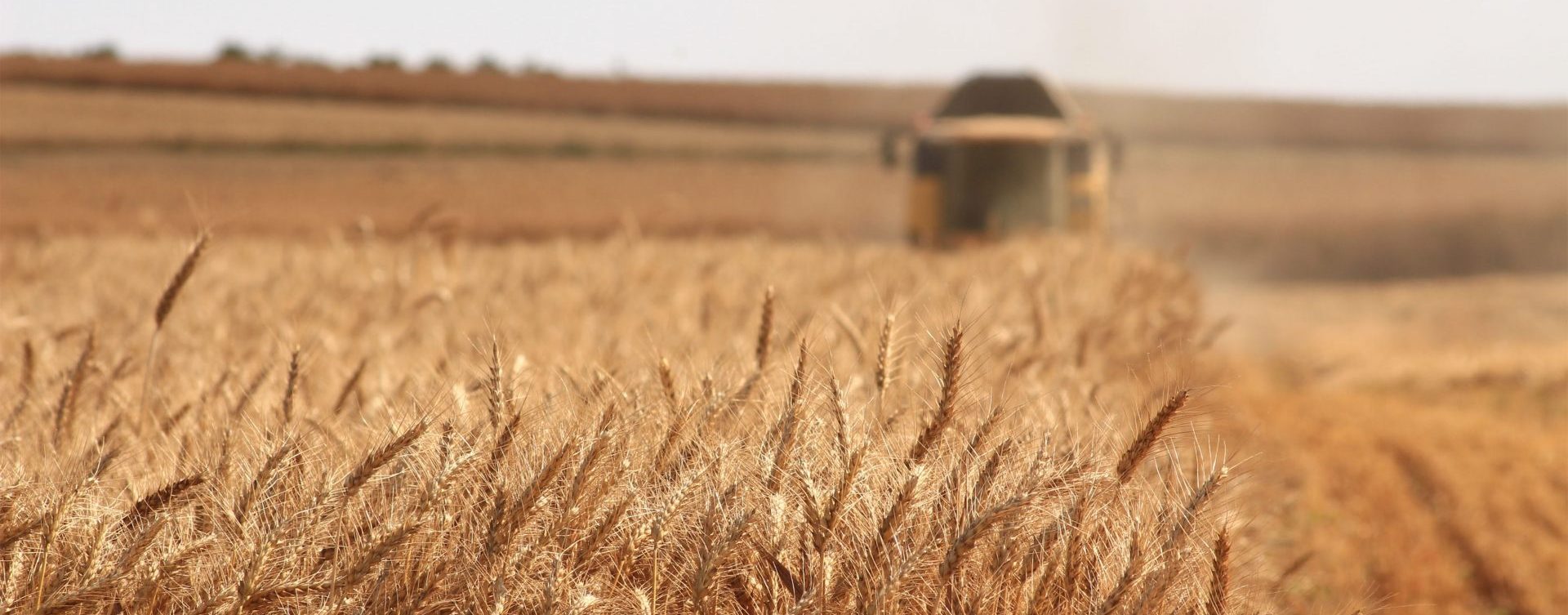
Wheat Flags
Influence on wheat prices

13/01/2020
December’s market support has continued in the early part of January though not quite at the same rate as before with prices looking to consolidate at these levels rather than break significantly higher. Prior to Christmas, much of the strength in UK prices was down to planting concerns with new crop values pulling old crop prices up with it. More recently, Friday’s USDA report, weather, global political turmoil and Brexit have been the main drivers.
Last weeks USDA report was uninspiring and as such the market response was relatively muted. The US winter wheat area could be the smallest since 1910 but this is largely priced into the market at current levels though it does remain supportive. The US corn crop is significantly better than initially feared, in fact the report put yields higher and increased this seasons production.
Elsewhere, the Argentine harvest has been advancing and is now at 96% complete. BAGE took the opportunity to increase the crop by 300Kt to 18.8Mmt following an increase in yields. Whilst in Australia the ongoing bushfire crisis has stopped farmer selling pushing futures up to fresh contract highs. Up to 10% of the countries livestock are in fire affected areas and until they subside it’s impossible to know how badly the industry will be hit. The situation isn’t helped buy the forecast of continued hot and dry conditions for the coming month.
International politics continue to be volatile and uncertain. Despite the optimism around the ‘phase 1’ deal scheduled to be signed by the US and China this week, follow through agricultural purchases are lacking and are still very much the centre of attention for US markets. Meanwhile, the missile attacks in Iran temporarily spiked oil and gold prices spooking markets for a short period of time before there was a level of de-escalation from the international community, though the situation remains a tinder box.Supply for the 19/20 season remains plentiful with the potential for Russian exports to feature more strongly in the second half of the campaign. The Russian Government is now reporting a 77.9Mmt wheat crop v’s 73.4Mmt last year. Russian wheat featured strongly in Tuesdays GASC tender and won the previous tender in its entirety. This serves as a reminder to EU traders that prices remain capped by the large Russian crop which will continue to be a thorn in the side.
In the UK, the dynamics remain the same, ample supply this season with prices supported by the prospect of a small crop next year. The actual supply and demand picture for 20 crop remains incredibly difficult to predict with many growers still intending to plant winter wheat in the coming weeks if the weather allows….
Brexit developments are both positive and negative for Domestic prices. Sterling continues to strengthen as the UK’s exit timeline becomes clearer which makes UK grains looks more expensive to EU buyers but at least now there is a set timeline for markets to trade around which in theory should give traders more confidence to take business on.
